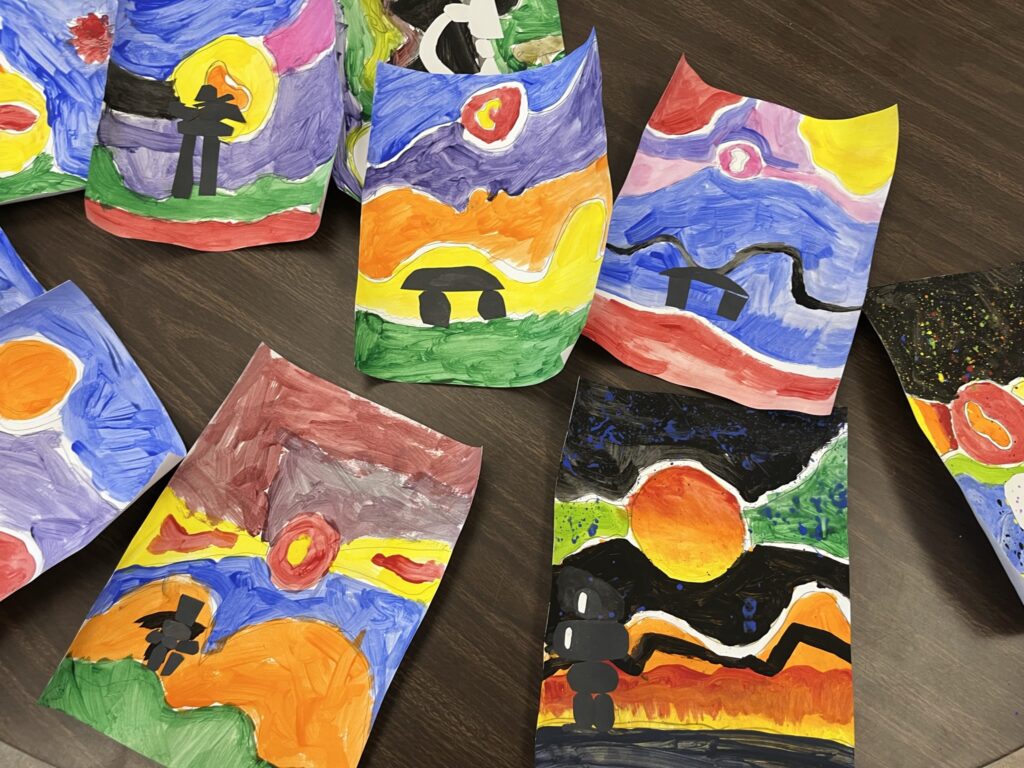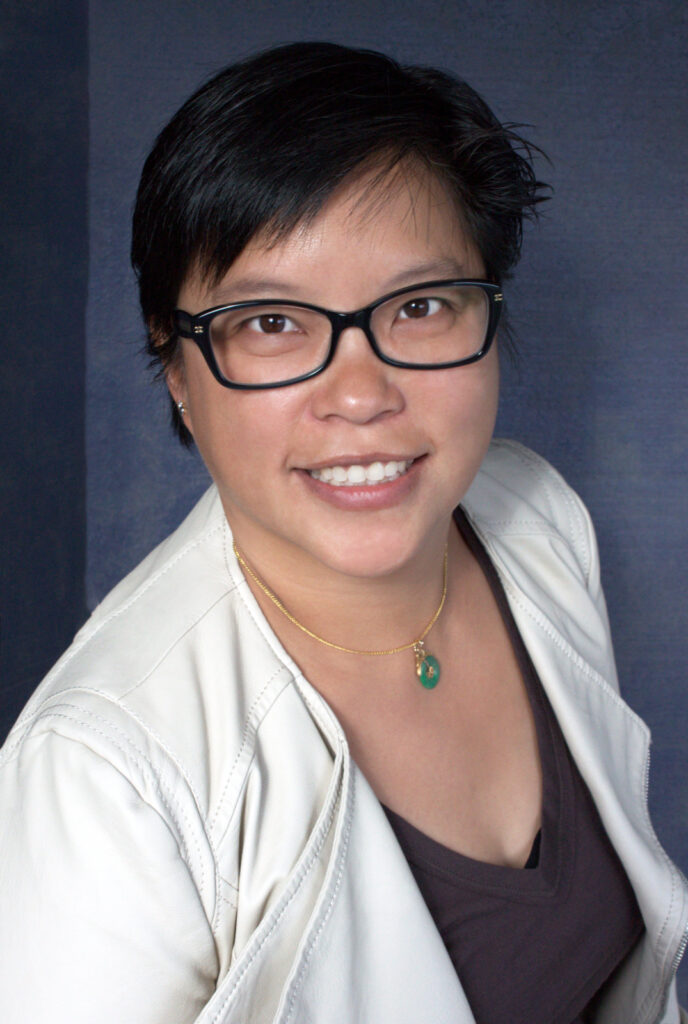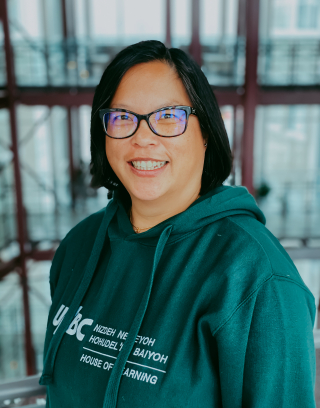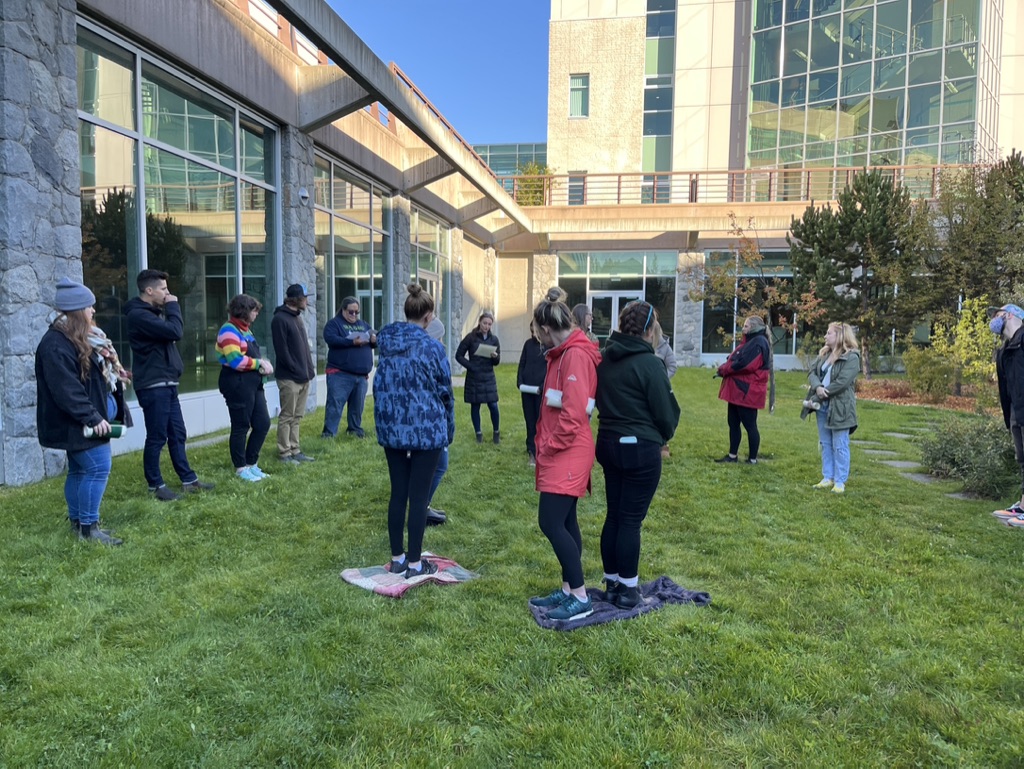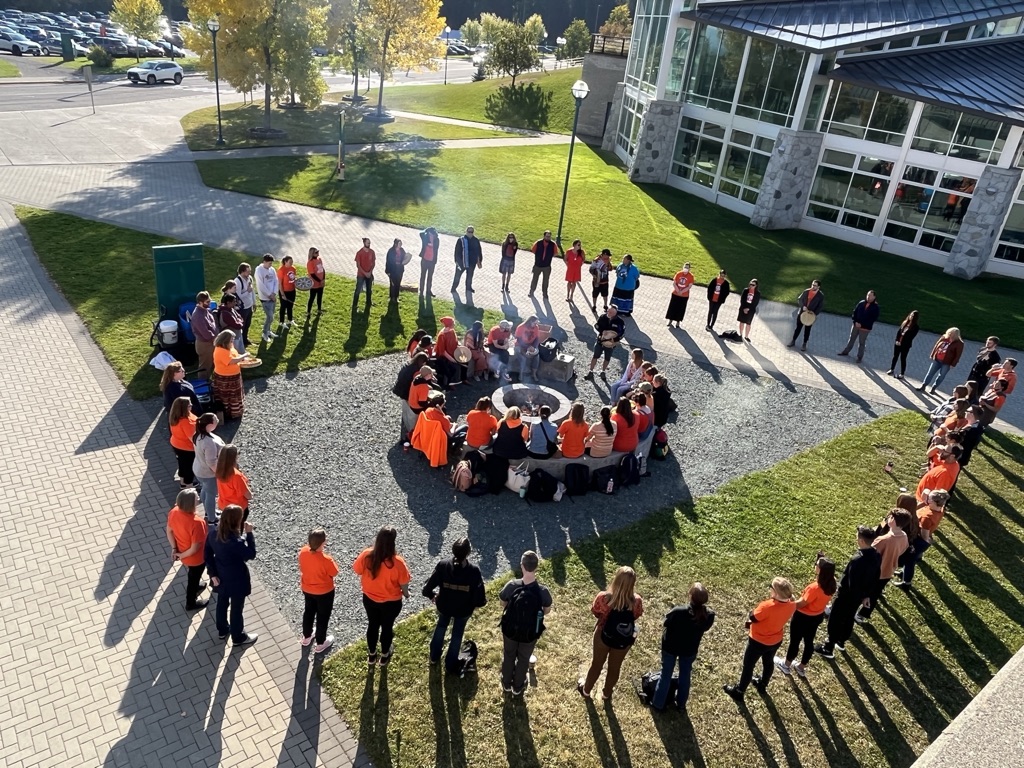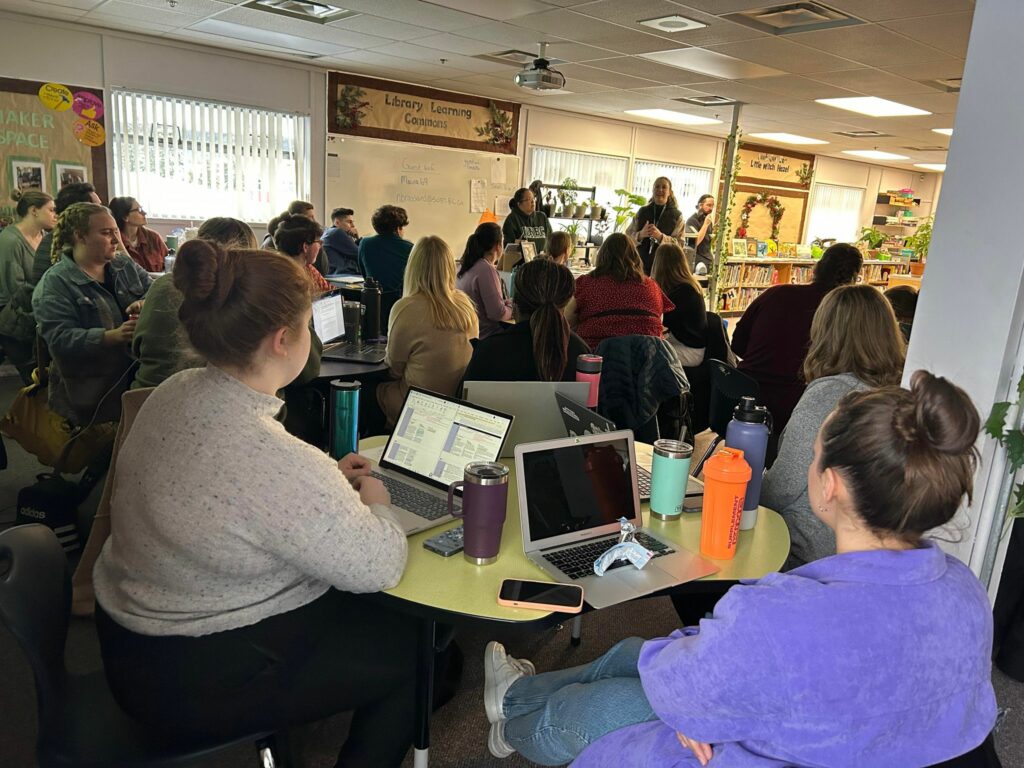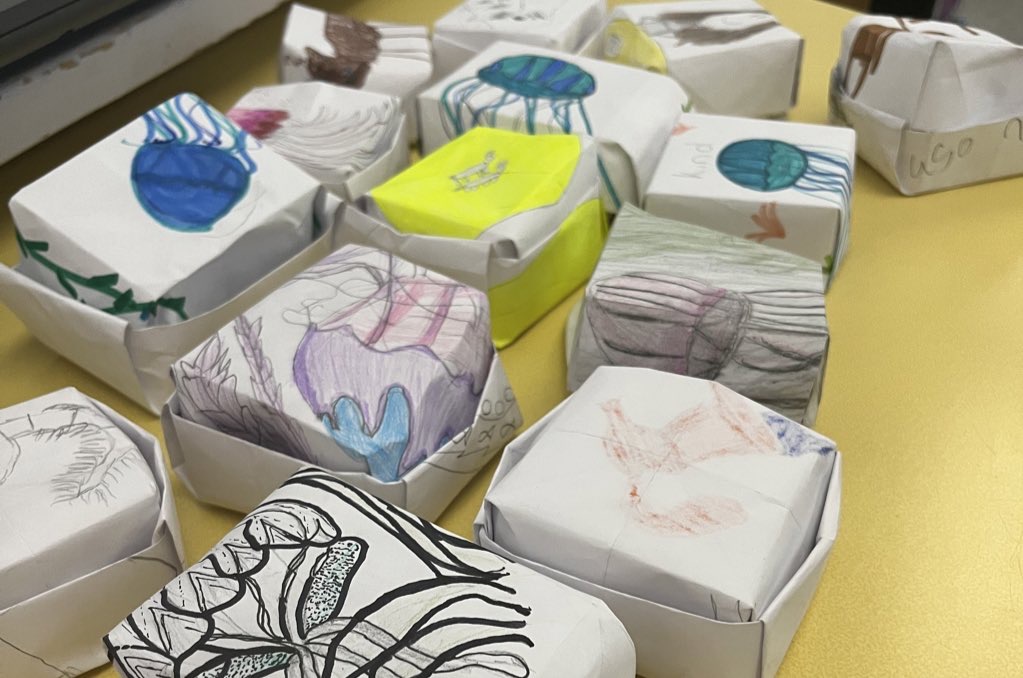
Teacher candidates take an Inclusive Education course in the first term of the program and a Diversity in Education course in the third term during the summer intersession. Much like Indigenous Education where specific courses are held within the program, inclusive practices is something that I need to model as a teacher educator bur also teach with respect to lesson planning and assessment.
Although inclusive practices are part of the Design Considerations of the lesson plan template, I teach within my courses the ALL/MOST/FEW framework to plan for diversity (and inclusion). The all/most/few framework generally outlines the UDL (universal design for learning) framework and Dr. Shelley Moore’s metaphor of the 7-10 split in bowling in Transforming Inclusive Education. How do we design learning experience to include ALL learners? This is our starting point. Then, we consider what MOST learners can do, then what FEW learners could do.
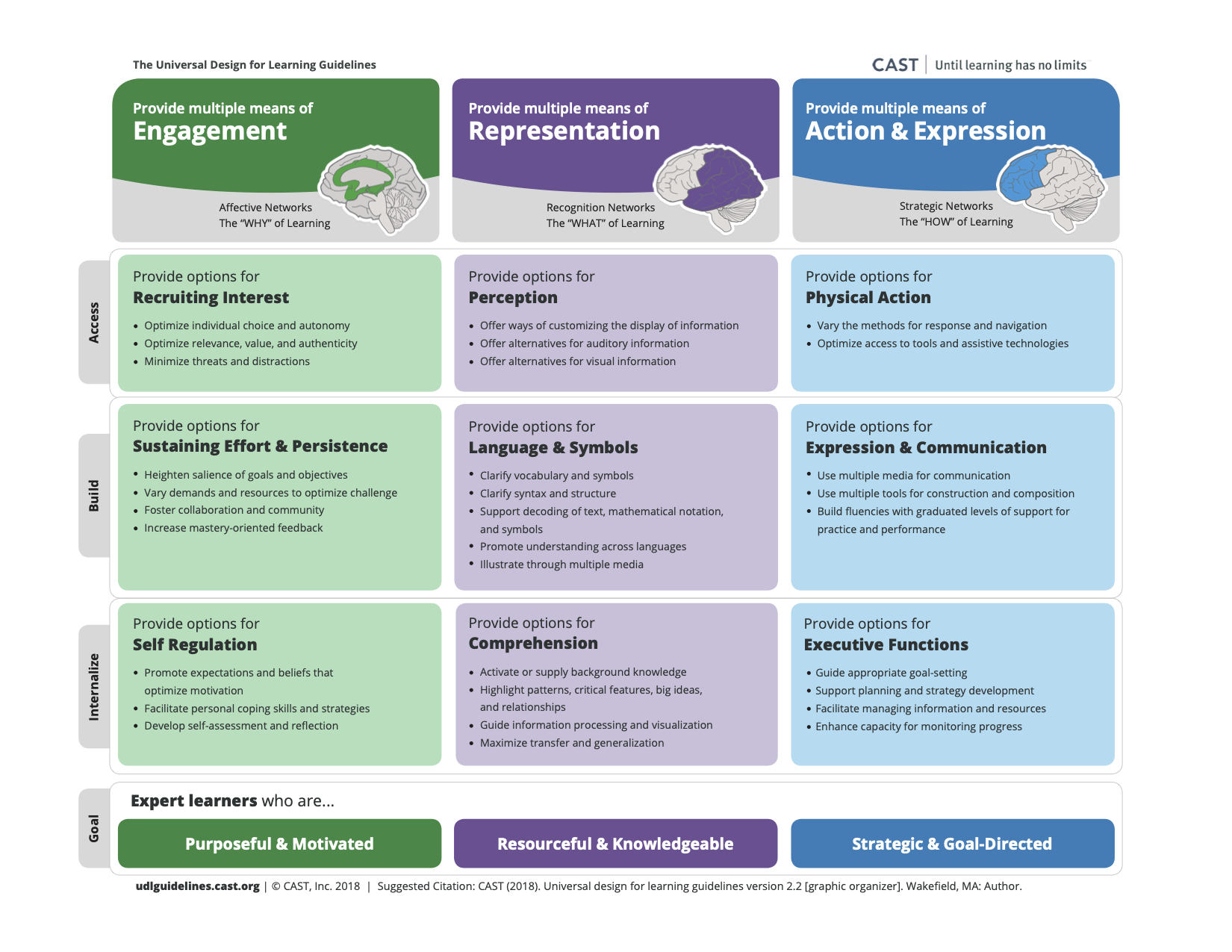
The UDL Guidelines is a good framework for teacher candidates to refer to, but it is complex. Overtime, teacher candidates will develop their knowledge of students and their learning needs when they spend more time working with students in classrooms. From ALL to MOST to FEW, the expectations increase in complexity. This framework is not used for assessments and it does not serve as a rubric. What it does do is help teacher candidates to consider the learning target and the success criteria and how they can design ways for all students to achieve the learning target and that all students have a right to learn. The last thing I would like teacher candidates to do is to waste time, fill time, or not use time wisely.
Dr. Shelly Moore shares UDL Templates and posts completed frameworks on Twitter or her website that outlines ALL/MOST/FEW but in much more detail and aligned BC’s Curriculum. Although I don’t ask teacher candidates to do the UDL work as detailed as seen in the image below, but teacher candidates are encouraged to design learning activities that includes and challenges all learners. We had opportunities at Harwin Elementary as part of our “in situ” learning experiences and working with groups of Grade K-7 students helped teacher candidates to understand the complexity of UDL and backwards design.
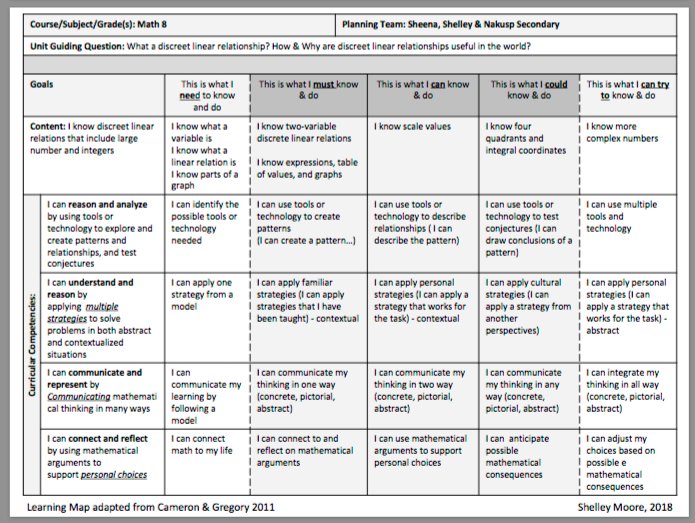
We were very fortunate at Harwin Elementary to be co-teaching with the school librarian/student support teacher, Nic Brassard, who helped teacher candidates with particular student behaviours and how to respond. He also presented on inclusive practices and UDL as seen in his UDL Presentation. This presentation and the support of classroom teachers helped teaacher candidates to design learning activities with learning targets and success criteria that could be accessed by all learners with a clear understanding of the end in mind. The hope is with practicum that teacher candidates learn more about the students, read IEPs (if any) to inform their practice and decision making, and design a lesson or linked lessons that are inclusive starting with ALL learners and extending the learning for the FEW to keep them equally engaged at a depth that is personally relevant.
